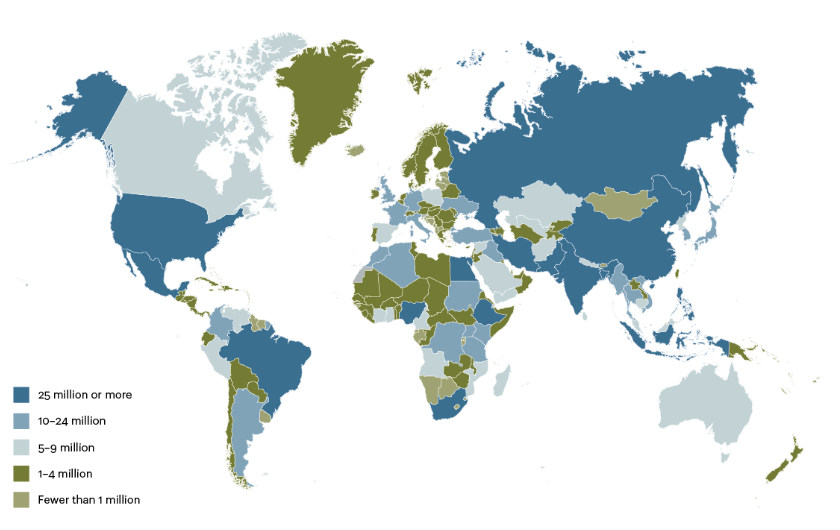Dr Myria Kkali, CIM Academic Director, Marketing specialist, and Millenial, attempts to do what most traditional marketers fail at: understand Millenials as a distinct consumer group.
There is a lot of hype about the millennial generation. Time Magazine called them the ‘Me Me Me generation’. But how does this generation behave as consumers? The Millennial generation, or Generation Y – according to demographers at Pew Research Centre, those born between roughly 1981 and 1997 – accounts for 27% of the global population or about 2 billion people. Currently between 21 and 37 years of age, Millennials are in their young adulthood and, as such, are fast becoming the world’s most important generational cohort for consumer spending growth, sourcing of employees, and overall economic prospects.
In recent years, Millennials have been the most sought-after audience by marketers, because they are a large generational cohort with a good amount of disposable income. Growing up in the digital age, they also have a unique set of characteristics that set them apart from previous generations, which makes them easier to identify and reach. The figure below shows the location and density of Millennials (or Generation Y) across the world.

The largest cohort since the Baby Boomers, their high numbers reflect their births as that of their parent generation. Millennial kids are known as incredibly sophisticated, technology wise, and immune to most traditional marketing and sales pitches: they not only grew up with it all, they’ve seen it all and been exposed to it all since early childhood.
Generation Y members, as Millennials are called, are much more racially and ethnically diverse and they are much more segmented as an audience aided by the rapid expansion in Cable TV channels, satellite radio, the Internet, etc. They are less loyal to brands and the speed of the Internet has led the cohort to be similarly flexible and changing in its fashion, style consciousness and where and how it is communicated with. Millennial kids often raised in dual income or single parent families have been more involved in family purchases…everything from groceries to new cars. One in nine Millennials has a credit card co-signed by a parent!
Research by Mintel on marketing to US Millennials shows that they are more progressive than previous generations, and more likely to believe that concepts like racial diversity and non-traditional families have a positive impact on society. Additionally, Millennials are more open to new ways of doing things, more willing to experiment with grocery delivery, streaming services, and the gig economy (independent contracting). Millennials have a reputation for doing everything with their smartphones but the reality is strikingly different. A majority of Millennials make most of their purchases offline; about a third of Millennials make the majority of their purchases on a desktop computer. According to Forbes Magazine, only 16% of Millennials make the majority of their purchases on a mobile device.
A majority of Millennials follow brands on at least one social media platform. But they are highly driven by price. A majority of Millennials say they follow brands on social media in order to get discounts. We know they want different attributes in their products than their parents did and we know that they don’t want to buy their parents’ brands. What studies on Millennials also tells us is that they are not immune to the allure of discounts. Two-thirds of Millennials say they will switch brands if they are offered a discount of 30% or more. Only slightly more than one-third say they follow brands to get the latest trends and products and only 7% follow brands to participate in an online community about the brand.
As Millennials age, they are still a desirable target. However, their disposable income will start getting absorbed by essentials such as loans, mortgage payments and child care bills. Faced with this, Millennials are becoming more price sensitive, seeking out true value, and not just originality when it comes to product purchases. As Millennials age, now is the time for marketers to get to know this consumer cohort and react to their specific needs and wants.




